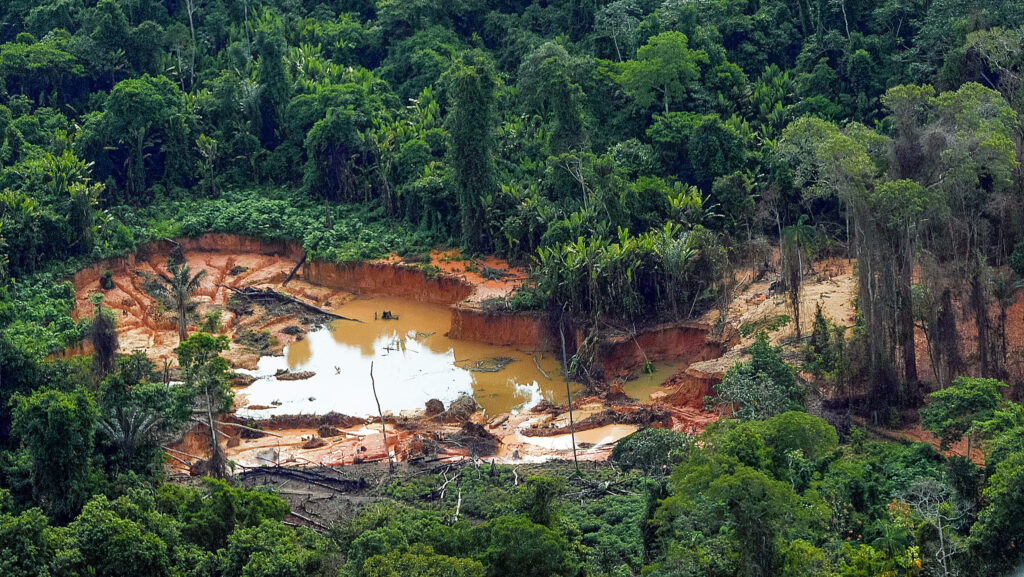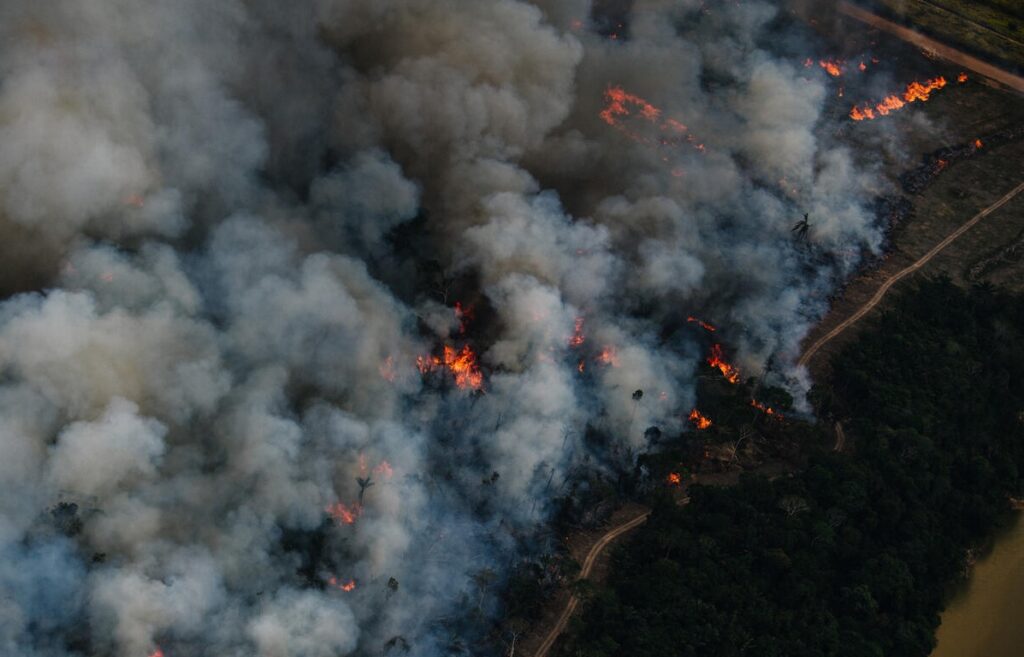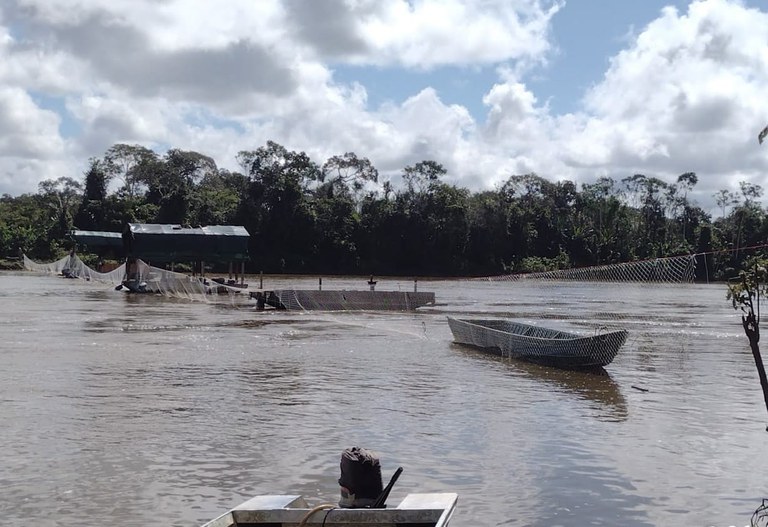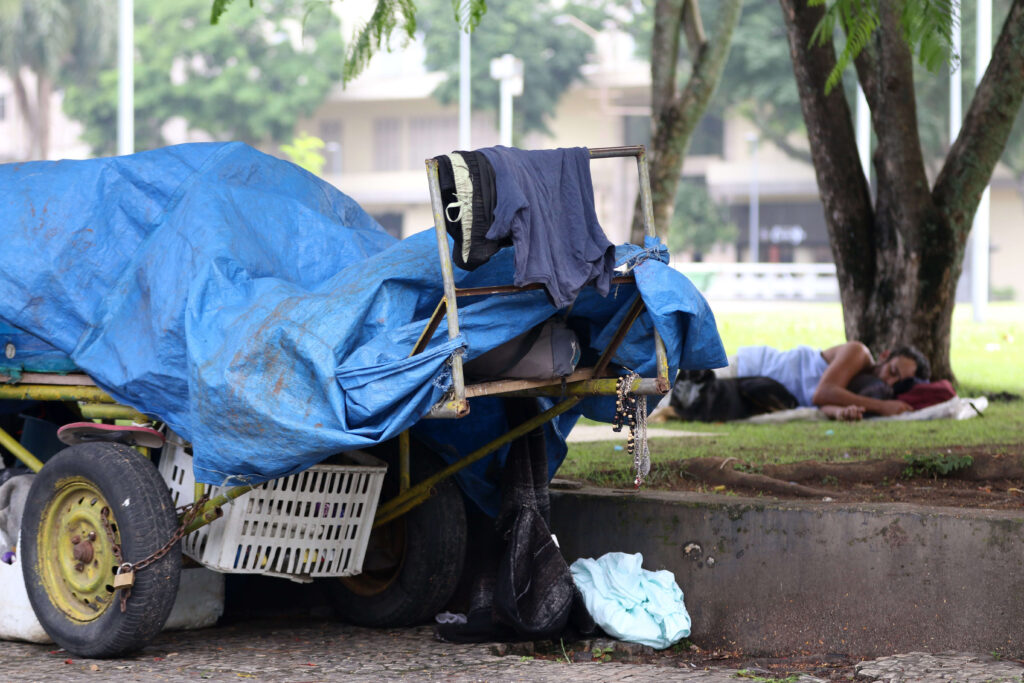São Paulo, Brazil – At least 65 people have been killed after heavy rains battered parts of Brazil over the weekend. Local media reported that more than 3,500 people have been displaced by the storms.
The northern coast of São Paulo, a state in the southeastern part of Brazil, was hardest hit by the storms.
Landslides have destroyed roads, homes and businesses, and firefighters and police have been dispatched to the affected areas to help with rescue operations.
“I’ve lived here for 52 years and I’ve never seen such a natural disaster,” said the president of a small fishermen’s association, Ademir de Matos to Agencia Brasil.
Parts of the region have gone without drinking water for days as mudslides interrupted service. “We have to go to another part of the city to get water,” said Rivelino Rodrigues, a sailor from the city of São Sebastião, one of the city’s heavily affected by flooding.
Salesman Carlos José de Santana left his home along with his wife and teenage son early on February 19, when the water was already knee-deep. “We couldn’t sleep. It was a lot of water,” he said. Santana spent the next day “taking mud from the streets.”
Student Geovana Mandinga said she woke up to an entire house being dragged away by the rain and earth. That’s when she and her family decided to leave the house and seek shelter, taking what little they could carry.
“We took some clothes and documents. We had to jump over the neighbors’ wall to get out of the house. Then, we were stranded for a few hours before we managed to get off to a safe place,” she told Agencia Brasil.
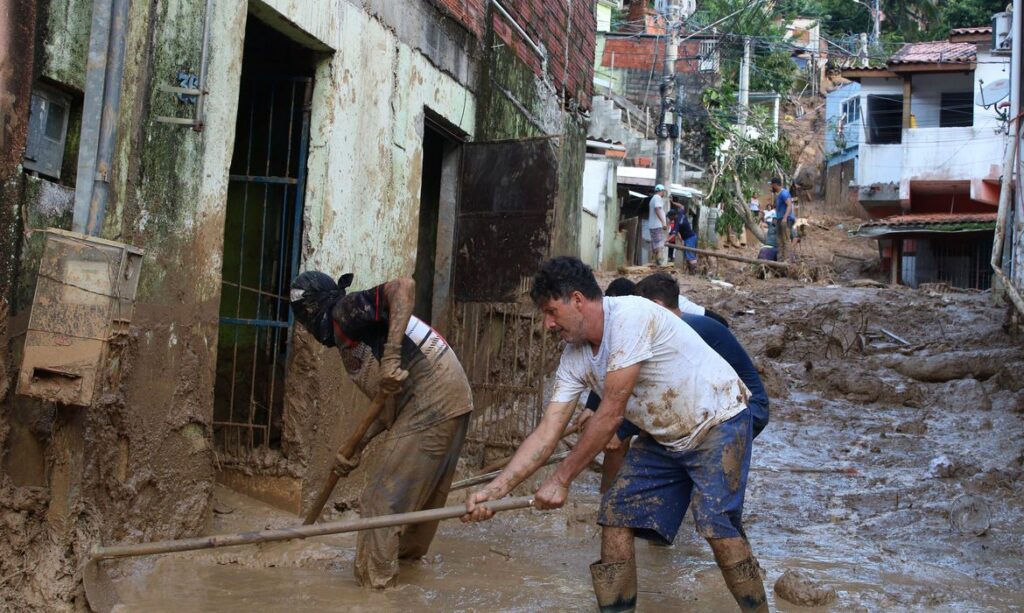
The areas most affected by landslides are inhabited by poor families, who do not have decent housing conditions and, therefore, live in risky areas, on the banks of rivers or on the sides of dangerous mountains. Vila Sahy, a 10-year-old informal slum that sits on the edge of the mountains near São Sebastião, is one of the most affected areas. More than 700 families live in small and vulnerable houses there.
According to Instituto Verdescola, an NGO that works in the area, there were 18 deaths due to the rain in the settlement, six of which were children. At least 100 houses were completely buried. The NGO also opened the doors of its headquarters to shelter residents who lost their homes.
Government response
The governor of the São Paulo state, Tarcisio de Freitas, transferred the seat of government from the capital to the north coast to closely monitor the work of rescuing victims and rebuilding towns.
“I’m sure that the state of São Paulo, which is so thriving, with such valuable people, will turn around, rebuild itself and come out even stronger,” Freitas said.
The state government immediately sent more than R$ 7 million (USD $1.4 million) to the most affected cities, in addition to coordinating part of the donations that arrive from all over the country.
Ordinary Brazilians too have been helping those who lost everything after the rain. So far, more than seven tons of food have been sent to the north coast, in addition to clothing, hygiene and cleaning items.

On February 19, President Luiz Inácio Lula da Silva interrupted his Carnival celebrations to go to São Sebastião. There, he met with governor Freitas — a member of Lula’s opposition — to coordinate actions between the state and federal governments.
The federal government has sent aircraft and boats to aid in rescue operations, and has also allocated over R$ 60 million (USD $12 million) for the cities, in addition to the anticipation of the payment of social benefits for residents of the region, such as the “Bolsa Família.”
“I would like to thank the president and his ministers for coming here. This gives us support, gives us comfort, at a time when we need to work in a cooperative way,” said Freitas.
Why did it rain so much?
January and February are traditionally rainy months for Brazil, and natural disasters often result after heavy rains.
However, the rains on the north coast of São Paulo were far above average, according to weather experts.
Rains that fell between February 18 and 19 were the heaviest on record in a 24-hour period since the government began monitoring rainfall data in the early 2000s.

According to the National Center for Monitoring and Natural Disaster Alerts (Cemaden) and the National Institute of Meteorology (Inmet), both Brazilian government agencies, there were 683 millimeters (26.8 inches) of rain in 24 hours.
Each millimeter of rain is equivalent to one liter of water poured over an area of one square meter. Cemaden meteorologist Marcelo Seluchi said the rain was an “absolutely extreme and historic event.”
According to José Marengo, Cemaden’s coordinator, global warming increases the concentration of moisture in the atmosphere, and this humid vapor serves as fuel for rains. “It allows the hydrological cycle to increase and rainfall systems to become more extreme,” said Marengo.



